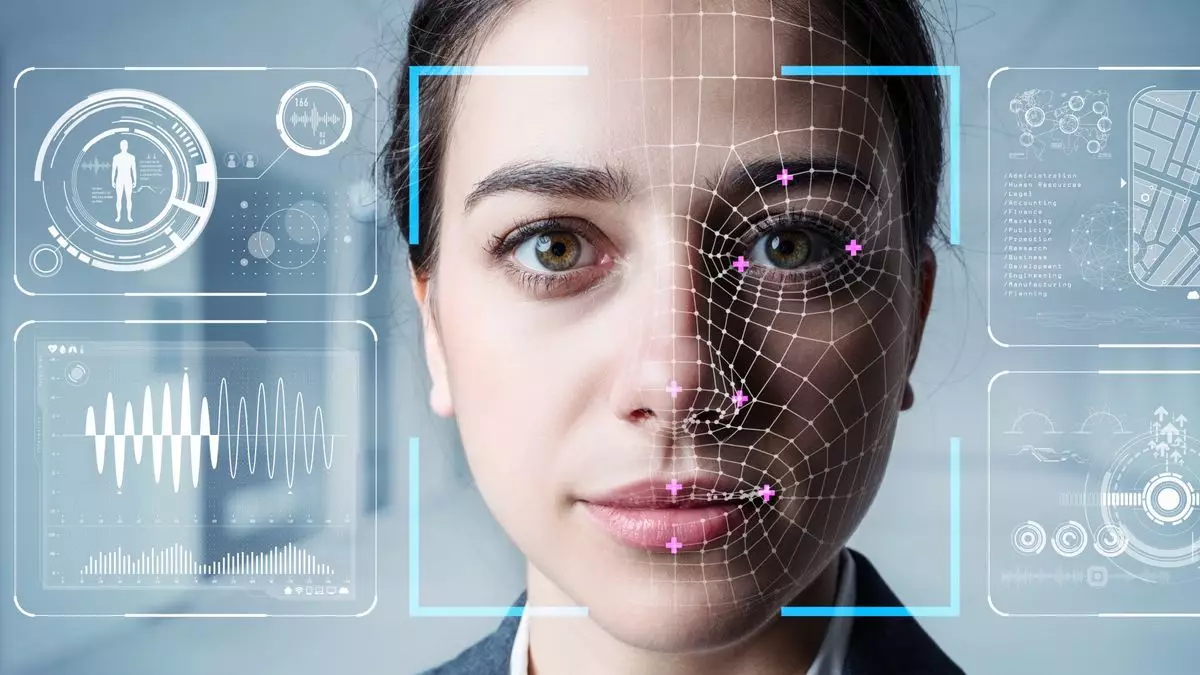In recent years, the air travel industry has seen rapid advancements in biometric technology, particularly regarding touchless airport identification methods. Stakeholders are increasingly confident that U.S. travelers will witness a significant uptick in the use of these technologies over the next few years. According to Donnie Scott, CEO of Idemia North America, an expert in biometric identity solutions, the transition to a completely hands-free airport experience is not just possible; it’s destined to happen soon. Scott predicts that within the next two to five years, select airports might begin to offer seamless, digital journeys for those enrolled in programs like TSA PreCheck.
While travelers have become accustomed to some digital conveniences, such as mobile check-ins, the full realization of a touchless airport experience entails multiple verification checkpoints—from bag drop to boarding gates. Facial recognition technologies and mobile ID scans will revolutionize the way passengers move through airports, mitigating the need for cumbersome paper documents, including passports. Currently, travelers enrolled in the Global Entry program can enjoy a version of this experience by pairing a quick facial scan with an existing passport photo in a central database.
The trajectory for touchless verification systems has already started with successful trials at various major U.S. airports. To date, the TSA has partnered with several airlines to introduce touchless security lanes, a significant leap toward a more streamlined travel experience. While some 6 million flyers have already taken advantage of these lanes since their inception in 2021, the process of expanding this technology across the country is not without its hurdles.
TSA identity management specialist Jason Lim acknowledges that the difficulties of scaling this technology often lie not in the technology itself but in the surrounding processes and logistical requirements. Integrating touchless systems demands concerted efforts from airports, airlines, and TSA officials alike. Training for airport security personnel and educating travelers on new protocols will be essential steps for a successful rollout.
The financial aspect is another significant challenge. The TSA, along with other agencies involved in airport biometrics like Customs and Border Protection, faces funding constraints that threaten the pace of deployment. Political dynamics add another layer of complexity, with ongoing discussions regarding privacy concerns around facial recognition technologies potentially hindering advancements. Despite these obstacles, public sentiment appears to lean favorably towards biometric systems, with recent studies indicating high levels of support among travelers.
Airlines Leading the Charge
Among airlines, Alaska Airlines is taking significant steps to embrace biometric technology as a means to enhance the customer experience. Alaska has already introduced biometric-enabled remote check-in for international flights and is gearing up to join the TSA’s Touchless Identity program across several airports, including key locations like Atlanta and Washington. Their ambitious plans also include launching touchless bag drop options shortly thereafter.
The airline aims to provide hassle-free travel experiences, a sentiment echoed by Kristin Olsen, director of product management for digital technology at Alaska Airlines. With the increasing consumer demand for convenience, Alaska is also collaborating with Customs and Border Protection to facilitate touchless international departures—an exciting prospect for frequent flyers.
In tandem with airline initiatives, airports like Denver, Dallas, and several New York establishments are expected to invest significantly in biometric infrastructures that support the broader shift toward seamless digital journeys.
As the industry strives to implement these biometric solutions, addressing consumer preferences is paramount. There’s a clear demand for mobile ID verification systems, which some travelers find more convenient than using physical documents. With 12 U.S. states already issuing digital IDs, many passengers can use applications such as Apple Wallet and Google Wallet to facilitate their travel.
Moreover, as privacy concerns continue to loom large in the minds of travelers, providing options—like allowing users to choose between using their face or phone—will be crucial. As Olsen puts it, the goal is to give travelers the autonomy to decide how they prefer to identify themselves at each checkpoint by 2026 or 2027.
In essence, while challenges exist on multiple fronts—from technological integration to regulatory hurdles—there’s an unmistakable momentum towards adopting biometric technologies in air travel. If executed thoughtfully, they could redefine the airport experience for millions of travelers, making air travel not only smoother but also more efficient and enjoyable.


Leave a Reply